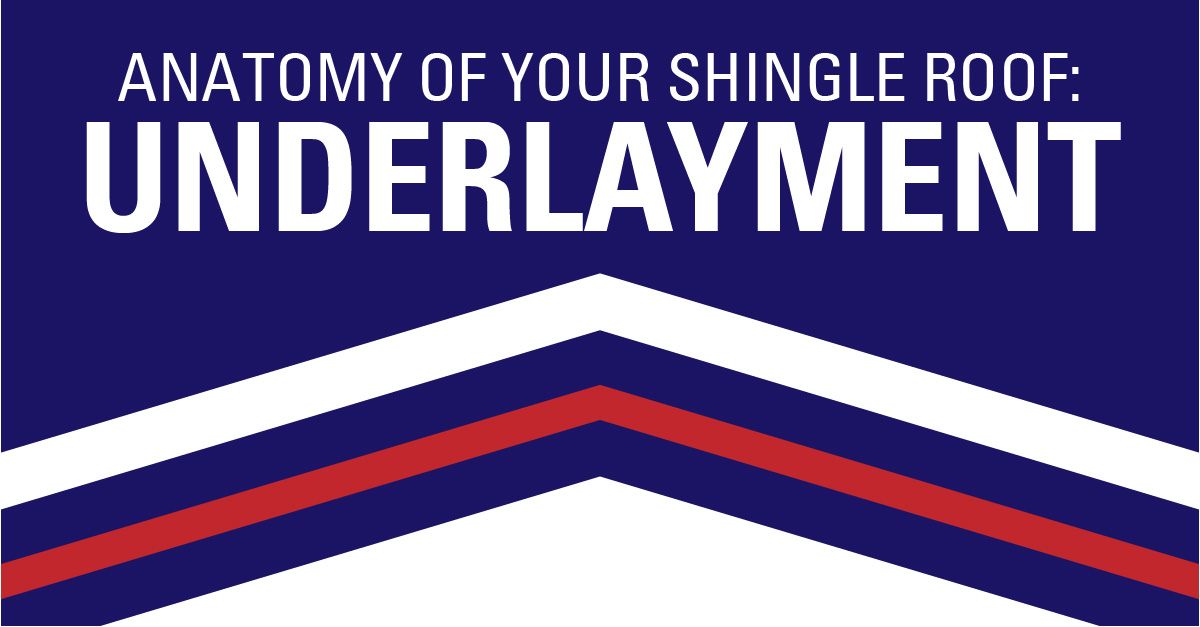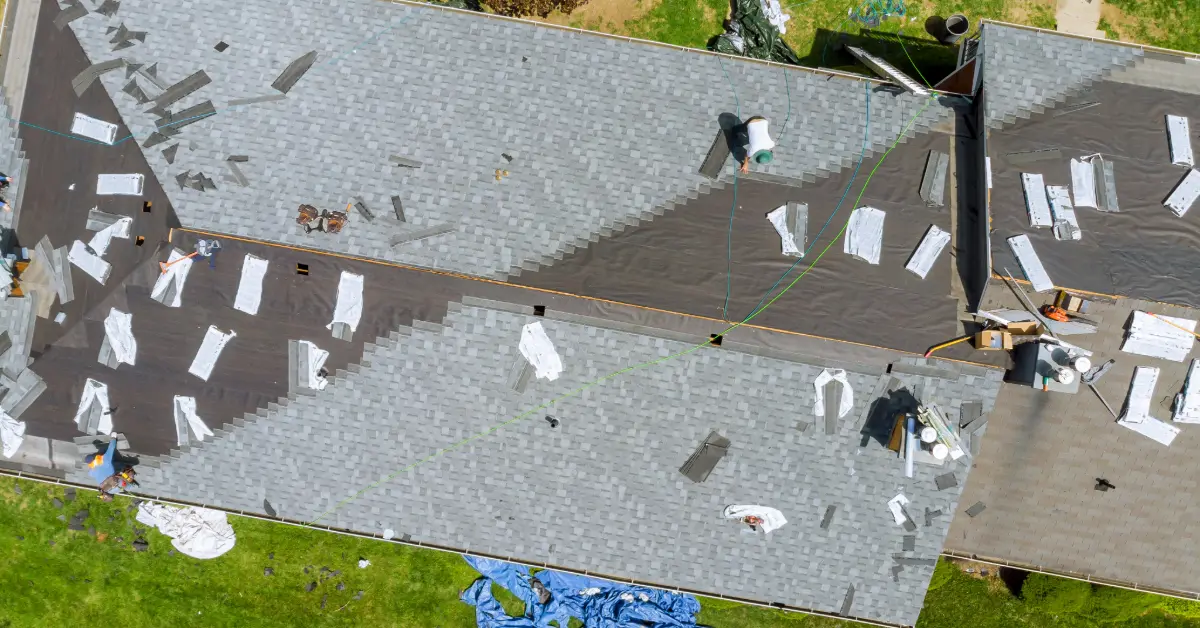It is never seen when properly installed. It is humble, but valuable.
Underlayment is a thin layer of material between your Sacramento home’s tile or shingle roof sheathing and its finished roofing material. It is so often overlooked that you will find very few roofers who devote an entire blog entry to it. At Straight Line Construction, want to help you learn more about your tile or shingle roof, including its underlayment.
Roofing Felt
Underlayment is extremely thin, almost like heavy paper, in its most common and traditional form: roofing felt. The National Roofing Contractors Association (NRCA) defines underlayment this way:
“An asphalt-saturated felt or other sheet material (may be self-adhering) installed between a roof deck and roof covering, usually used in a steep-slope roof construction. Underlayment is primarily used to separate a roof covering from the roof deck, shed water and provide secondary weather protection for the roof area of the building.”
Both felt and self-adhering sheets provide fire and water resistance and back up the primary roofing you see on your Sacramento home’s tile or shingle roof.
Roofing felt has been around for centuries. It works; it is economical; it passes all applicable building codes. Typical felts have either fiberglass or organic reinforcing mats. For a more modern, more reliable product, consider water and ice shield for your shingle roof.
Water and Ice Shield
A step up from roofing felts (tarpaper or fiberglass-reinforced felt) is self-adhering polymer modified bitumen membrane, or a self-adhesive, rubberized material. Both of these can be applied as smooth, wrinkle-free underlayment that wraps tightly around the shanks of roofing nails, providing far better water resistance than felt.
Installation Mistakes
Whether felt or self-adhesive membrane, underlayment that is carelessly installed reduces your tile or shingle roof’s ability to shed water. Wrinkles, voids, or visible areas of underlayment are all signs of trouble. If your shingle roof refuses to lie flat, underlayment could be the cause.
Removing the roofing material (tile, shingle, metal) and correcting underlayment problems is not a job for the homeowner. Get professional help if you suspect flawed workmanship or materials on your shingle roof.
To be absolutely certain your Sacramento-area’s home has properly installed and functioning underlayment, contact the trained professionals of Straight Line Construction. Whether you opt for tarpaper or modern water and ice shield, we can inspect, repair and maintain all the layers of your home’s roof, including the underlayment.
Get More Education Here:










